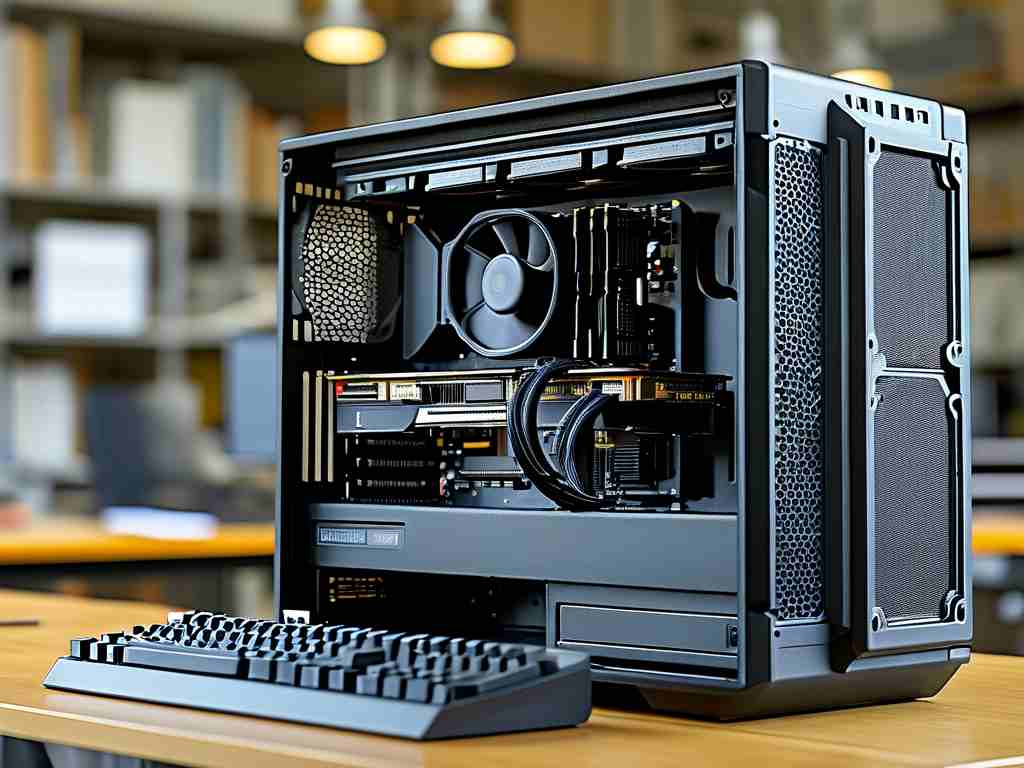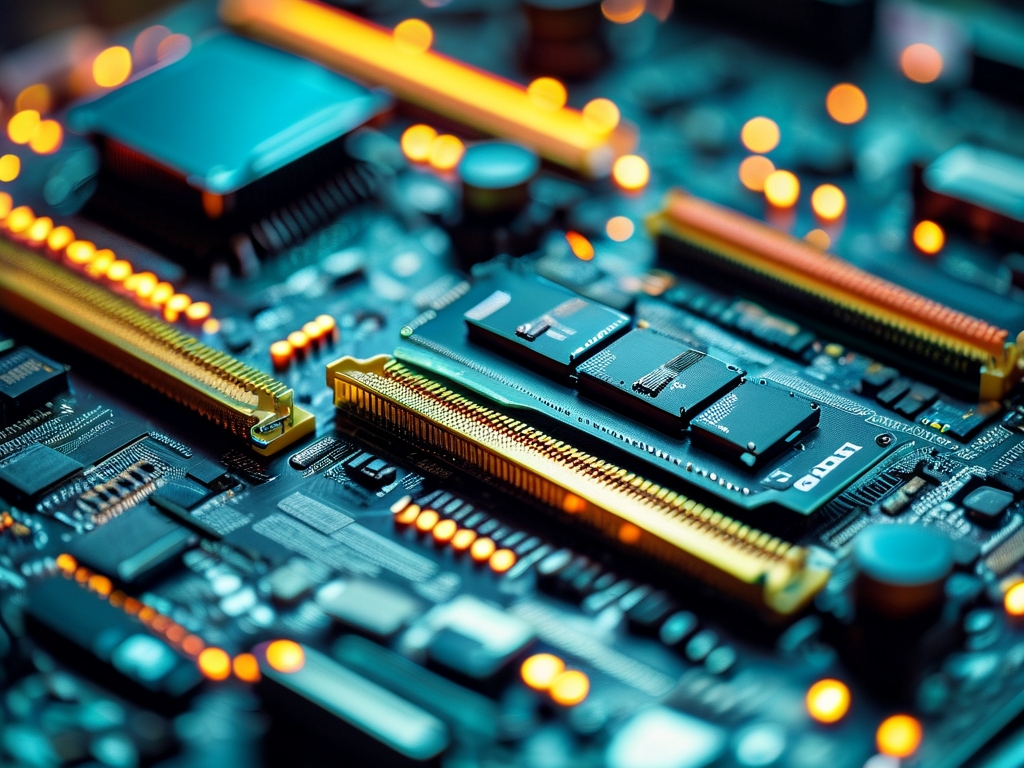Real-time operating systems (RTOS) are designed to handle time-sensitive tasks in embedded systems, but their ability to manage memory is often a critical consideration for developers. Unlike general-purpose operating systems, RTOS architectures prioritize deterministic behavior over maximizing memory scalability. This article examines the factors influencing how much memory an RTOS can manage and explores practical limitations across different implementations.

Hardware Constraints and RTOS Design
The maximum memory an RTOS can manage is primarily dictated by hardware architecture. For example, 32-bit microcontrollers typically address up to 4 GB of memory, while 64-bit processors expand this limit exponentially. However, most RTOS deployments target resource-constrained devices like IoT sensors or industrial controllers, where physical RAM rarely exceeds 256 MB. FreeRTOS, a widely used open-source RTOS, operates effectively with as little as 2 KB of RAM but can scale to hundreds of megabytes when configured for high-end ARM Cortex-M7 or RISC-V systems.
RTOS kernels themselves are lightweight, often occupying under 10 KB of flash memory. This minimal footprint leaves ample space for application-specific memory allocation. For instance, ThreadX—a commercial RTOS—supports memory pools and block allocation to prevent fragmentation, enabling reliable management even in devices with strict memory ceilings.
Memory Allocation Strategies
Static vs. dynamic memory allocation plays a significant role in RTOS capabilities. Safety-critical systems like medical devices often rely on static allocation during compile time to eliminate runtime uncertainties. VxWorks, a real-time OS used in aerospace applications, allows hybrid approaches by reserving fixed memory partitions while permitting dynamic requests through APIs like malloc().
Zephyr RTOS introduces memory domains—isolated regions for threads or processes—to prevent unauthorized access. This feature is particularly useful in automotive systems where mixed-criticality tasks (e.g., engine control and infotainment) share hardware resources. Despite these innovations, developers must still account for memory overhead from task stacks, queues, and interrupt handlers, which can consume 20–30% of available RAM in complex setups.
Case Study: Industrial Automation
A robotic arm controller running Micrium’s µC/OS-III demonstrates practical memory management. The system uses 512 KB of SRAM to handle motion planning, sensor data processing, and communication protocols. By assigning dedicated memory blocks to each task and leveraging the RTOS’s priority-based scheduler, the device maintains sub-millisecond response times without memory exhaustion.
Future Trends and Challenges
Emerging technologies like non-volatile RAM (NVRAM) and memory protection units (MPUs) are reshaping RTOS capabilities. For example, Amazon’s FreeRTOS now integrates with ARM’s TrustZone to create secure memory partitions for IoT edge devices. Meanwhile, AI-driven memory optimization tools are helping developers predict usage patterns in machine learning applications.
In , while RTOS platforms can theoretically manage gigabytes of memory, real-world implementations focus on efficiency and reliability within hardware-specific constraints. Developers must balance scalability with deterministic performance—a trade-off that defines the unique role of RTOS in modern embedded systems.





